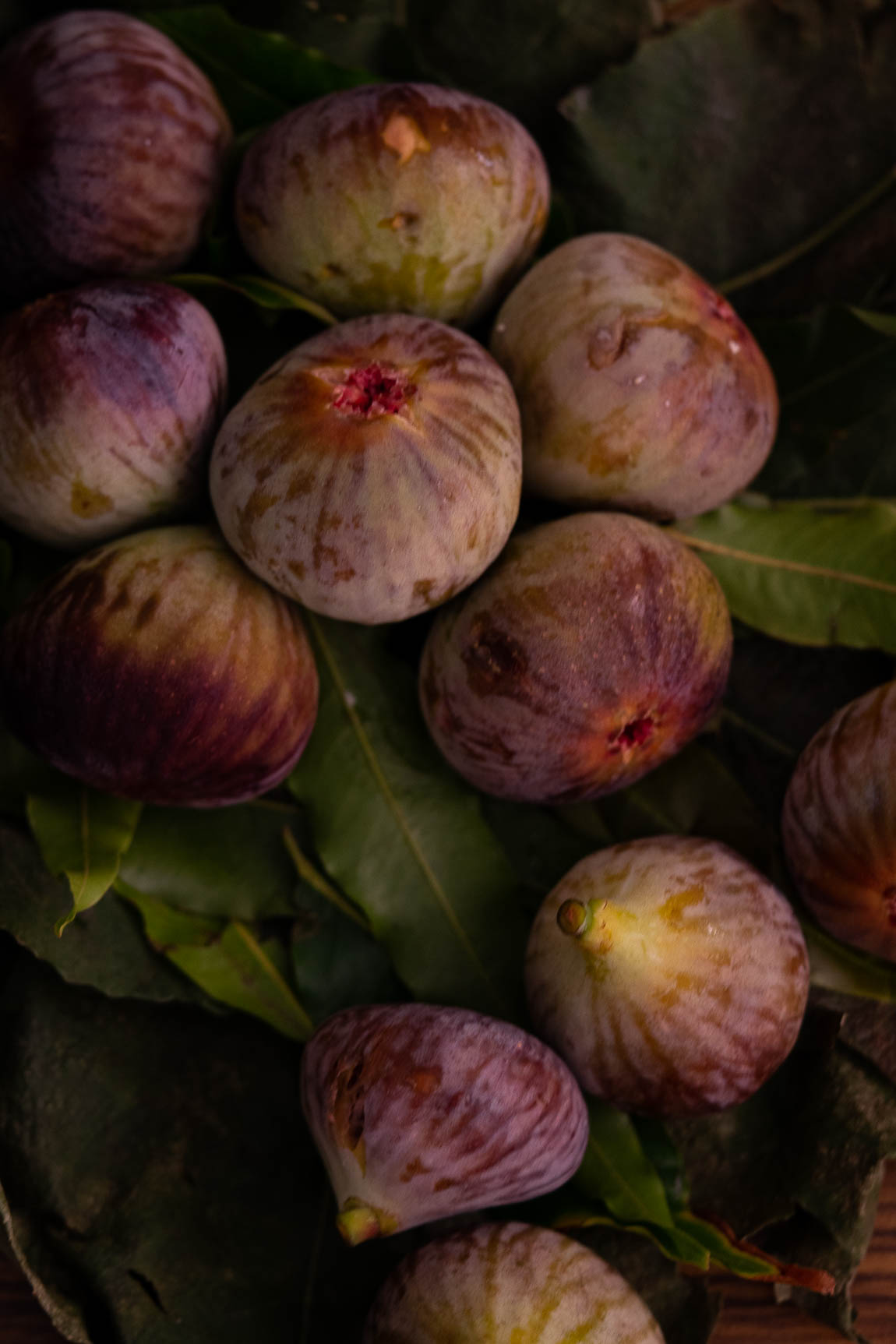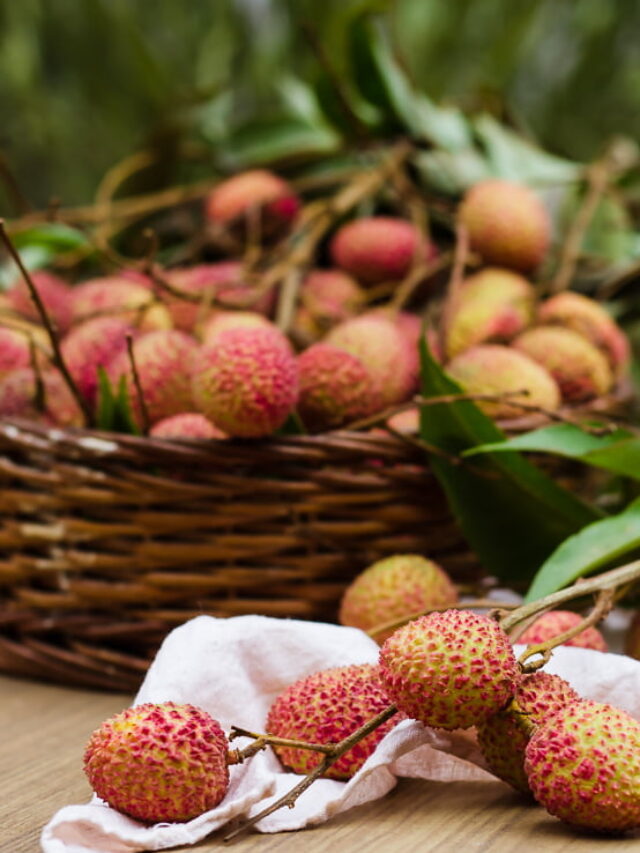Figs have a unique sweet and chewy texture and can be eaten fresh or dried. Fresh figs are in season from late summer to early fall and can be enjoyed on their own, in salads, or as a topping for yogurt or oatmeal. Dried figs are available year-round and can be eaten as a snack, used in baking, or added to trail mix.
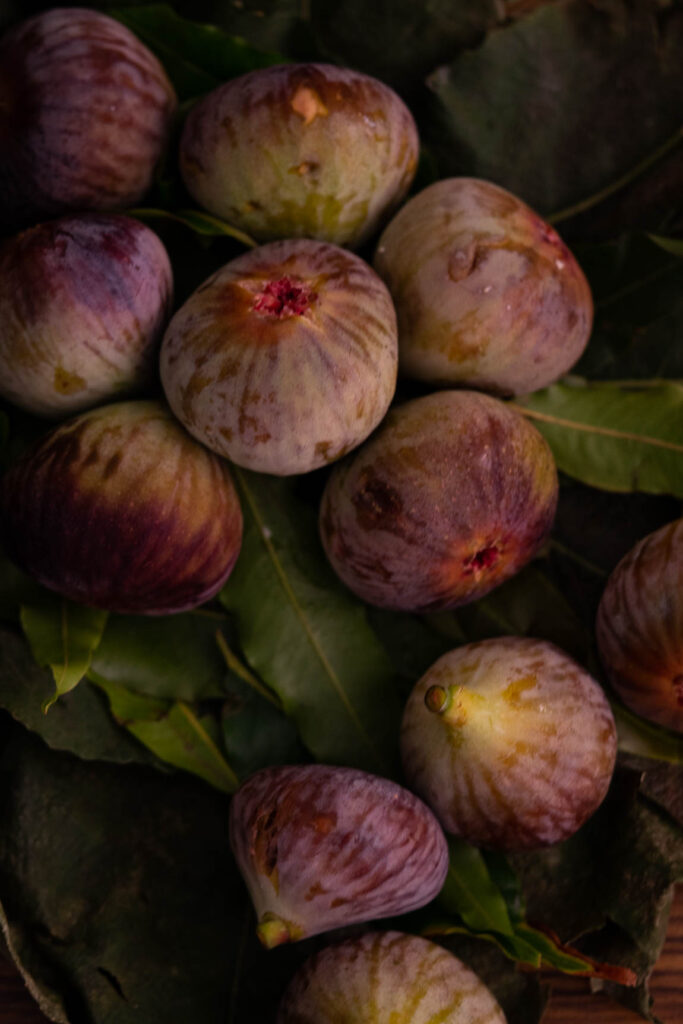
Figs are a type of fruit that comes from the fig tree, which is native to the Middle East and Western Asia. Figs are rich in fiber, vitamins, and minerals, and are a good source of antioxidants.
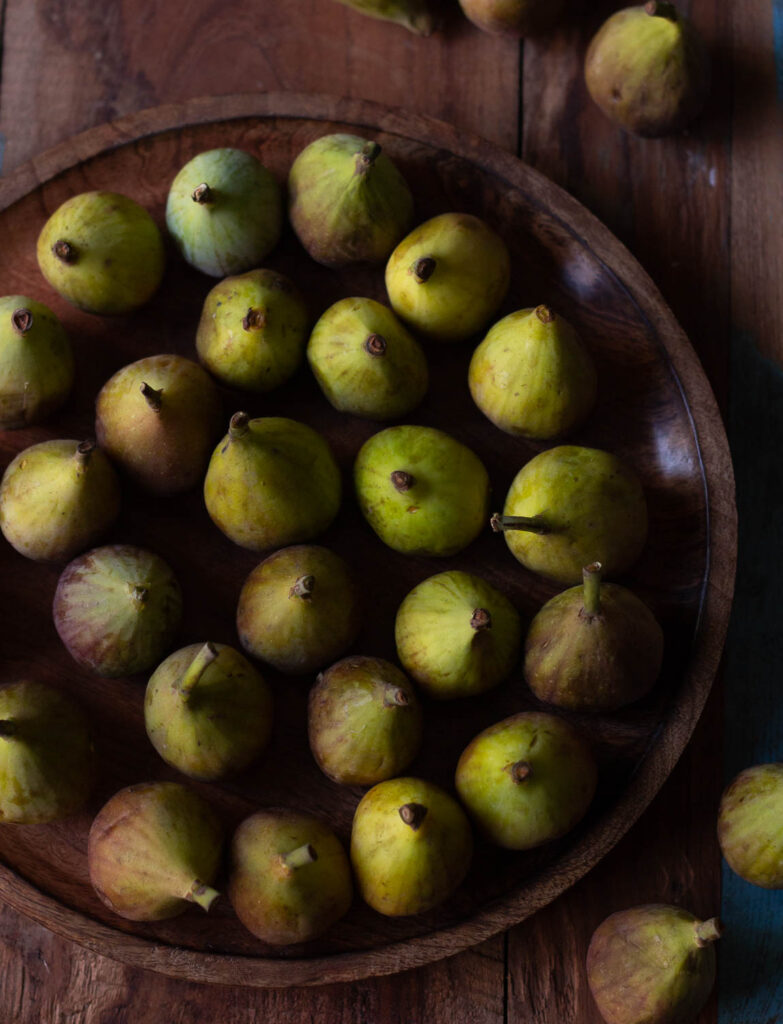
How do they look
Fig is a fruit that can vary in size and color depending on the variety. Generally, a fig is shaped like a pear or teardrop and can range in size from about an inch to several inches long. The skin of a fig is usually thin, and smooth, and can be green, yellow, brown, purple, or black. The flesh inside a fig is typically soft, pinkish, or reddish, and contains small crunchy seeds. When fully ripe, a fig may have a slightly wrinkled appearance and feel slightly soft to the touch.
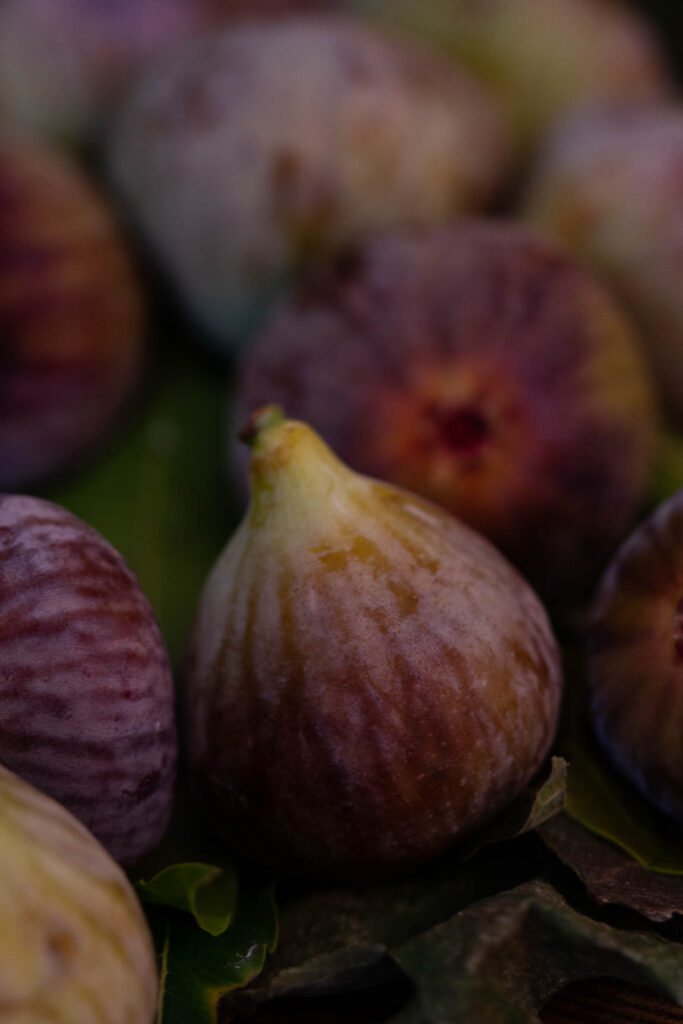
What is the best season?
The best season for figs varies depending on the location and the variety of figs. In general, figs have two main harvest seasons, which occur in early summer and early fall.
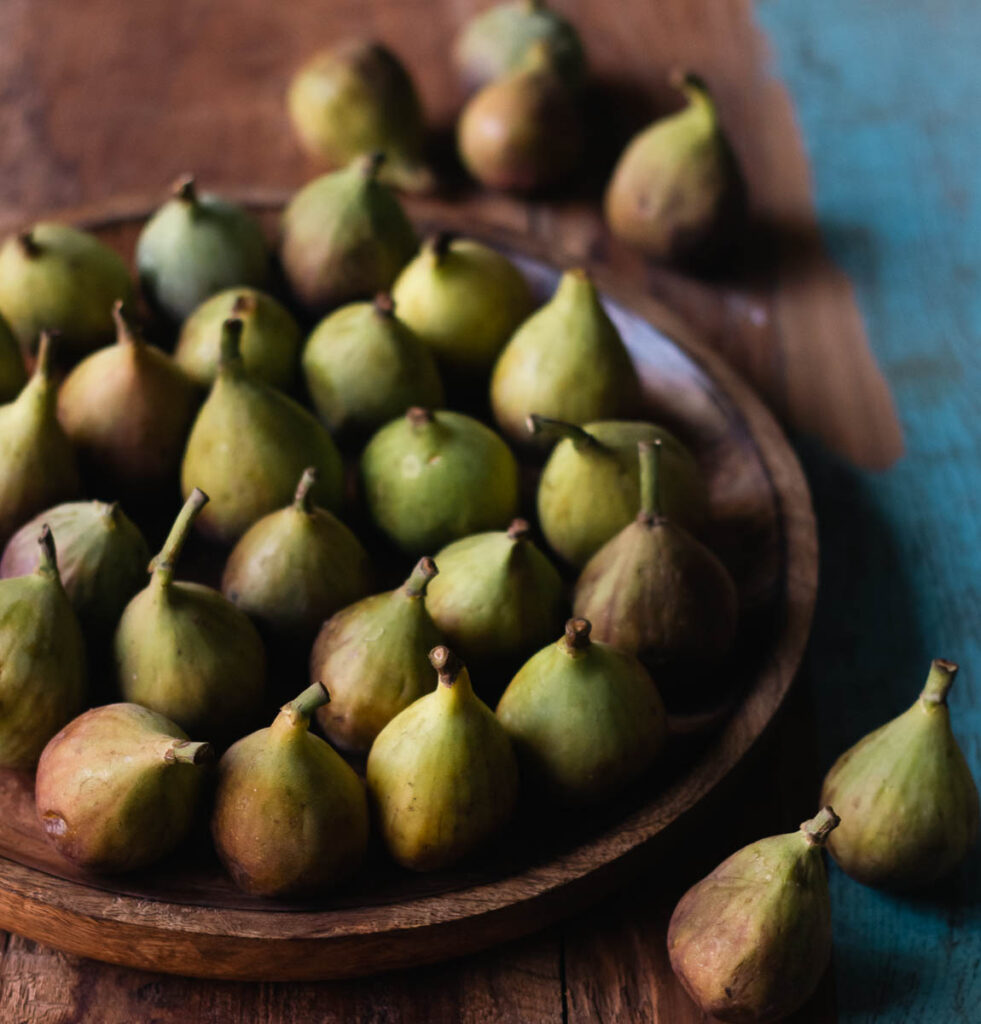
Where are they grown?
Figs are grown in many regions around the world, but some areas are particularly well-known for their fig production.
One of the most famous regions for figs is the Mediterranean, which includes countries such as Turkey, Greece, Italy, and Spain. These countries have a long history of growing figs, and their warm climate and fertile soil provide ideal conditions for fig cultivation.

Benefits of figs
Figs are nutritious fruit that offers a variety of health benefits. Some of the key benefits of figs include:
- Figs are an excellent source of dietary fiber, which can help improve digestive health, promote feelings of fullness, and lower the risk of certain diseases.
- Figs are a good source of antioxidants, which can help protect the body against oxidative stress and reduce the risk of chronic diseases such as cancer and heart disease.
- Figs contain a range of vitamins and minerals, including potassium, magnesium, calcium, vitamin K, and vitamin B6, which are important for overall health and well-being.
- Figs are a natural source of potassium, which can help lower blood pressure and reduce the risk of heart disease.
- Figs are a good source of calcium and magnesium, two minerals that are important for bone health and may help reduce the risk of osteoporosis.
Incorporating figs into your diet may offer a range of health benefits and contribute to overall wellness.
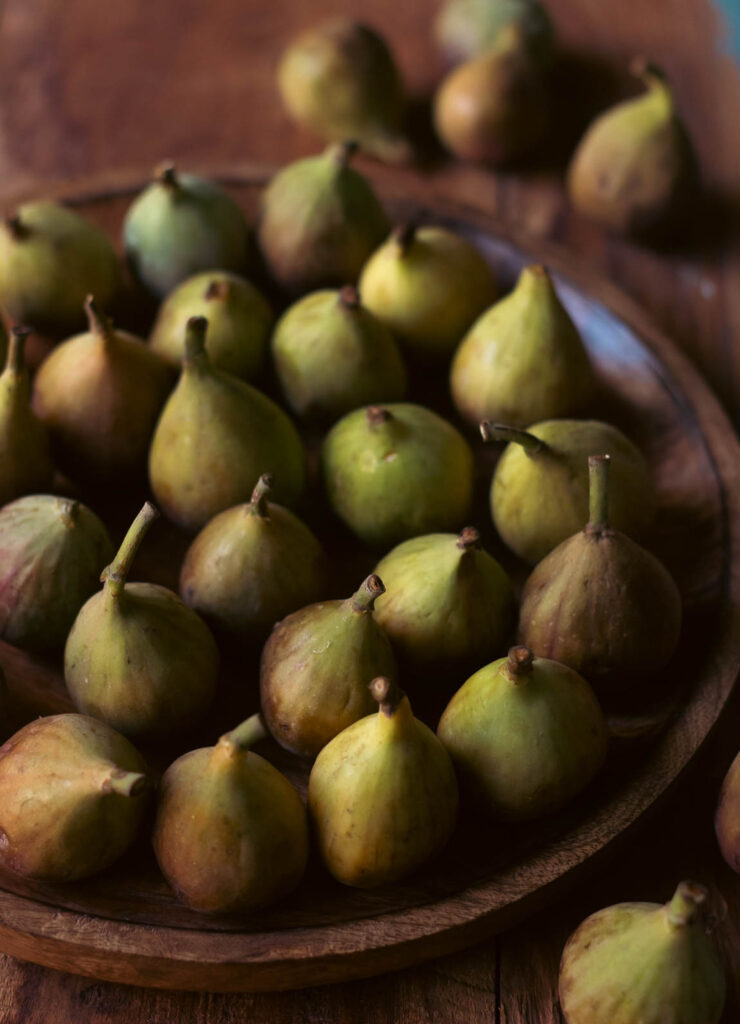
What Ayurveda says about figs
In Ayurveda, figs are considered to have a sweet taste and cooling energy. They are believed to have a nourishing and strengthening effect on the body and mind and are often recommended as a natural remedy for various health conditions.
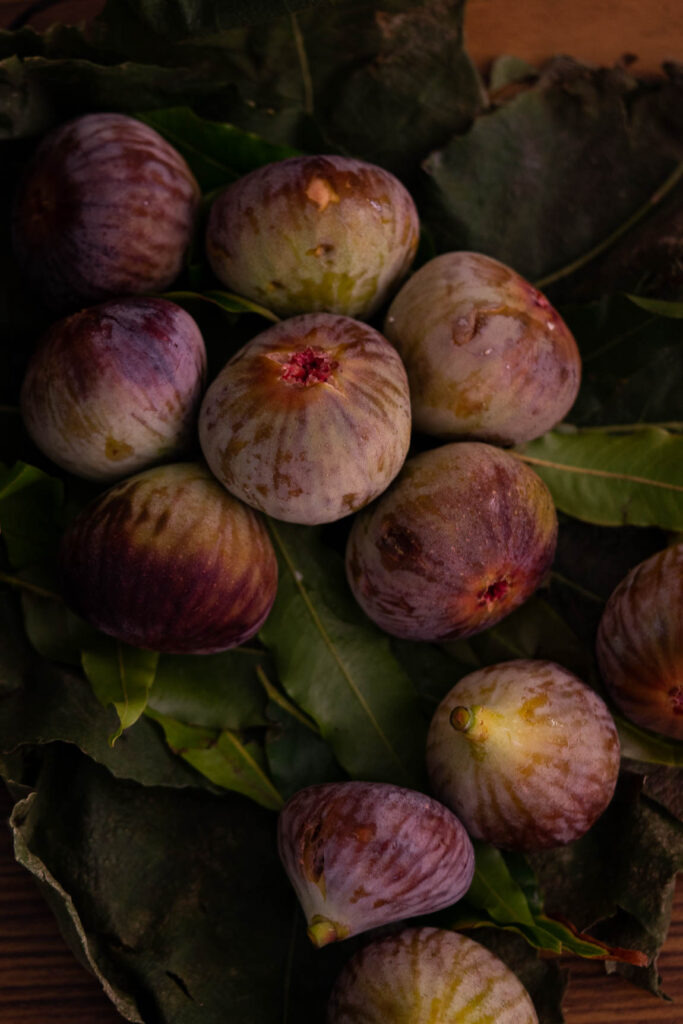
They are also believed to be helpful for promoting digestive health, reducing inflammation, and supporting healthy skin. In Ayurveda, figs are often used in combination with other herbs and spices to create medicinal formulations, such as Chyawanprash or Triphala.
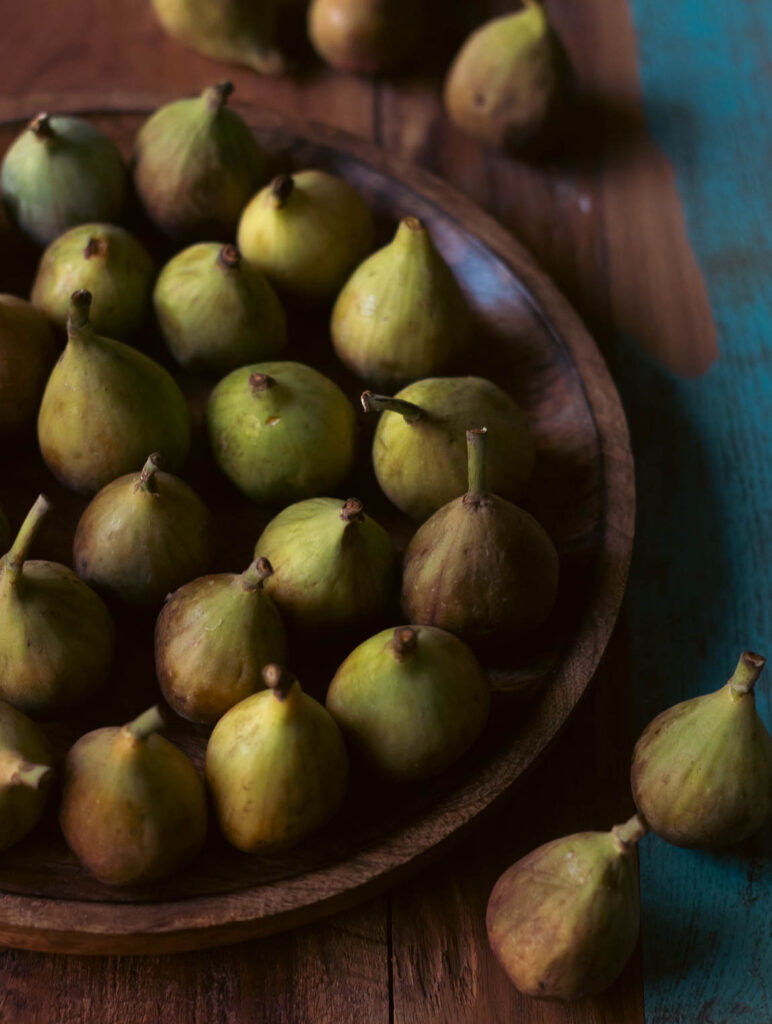
Shelf life of figs
The shelf life of figs depends on the ripeness and storage conditions of the fruit. Fresh figs are highly perishable and should be consumed or stored properly to extend their shelf life.
When ripe, fresh figs are soft to the touch and may have a slightly wrinkled appearance. At this stage, they should be consumed within one to two days if kept at room temperature. If you want to extend their shelf life, they can be stored in the refrigerator for up to three to five days.
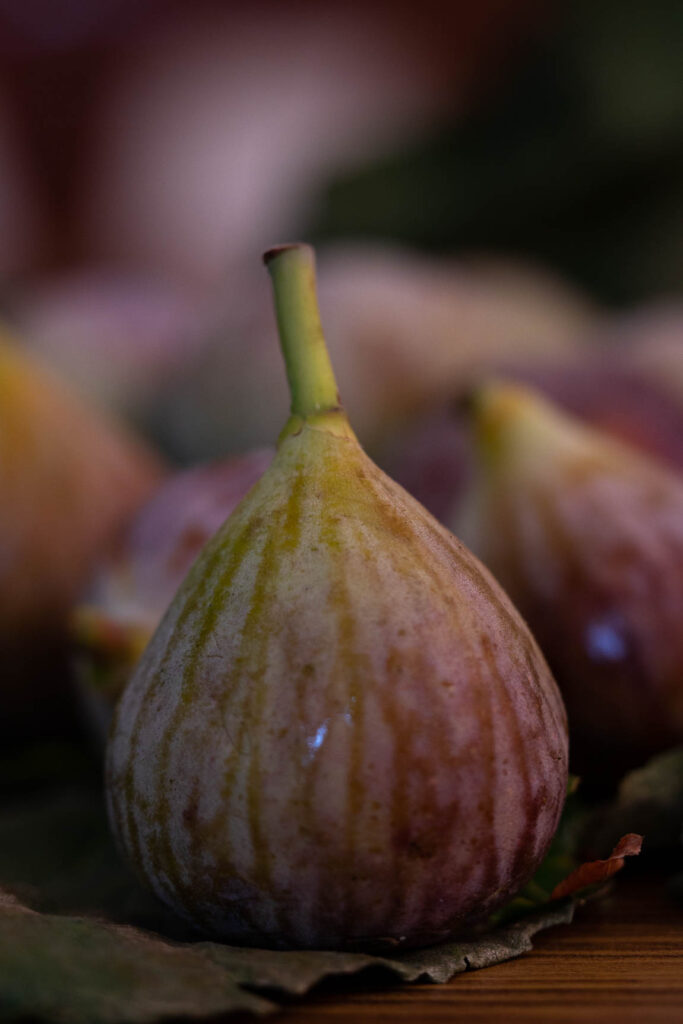
If you have unripe figs, they can be stored at room temperature for up to three to four days to allow them to ripen. To speed up the ripening process, you can place them in a paper bag with an apple or banana. Once ripe, you should consume or store them as mentioned above.
Dried figs, on the other hand, have a much longer shelf life and can be stored at room temperature in an airtight container for up to six months. They can also be stored in the refrigerator or freezer for up to a year or more.

